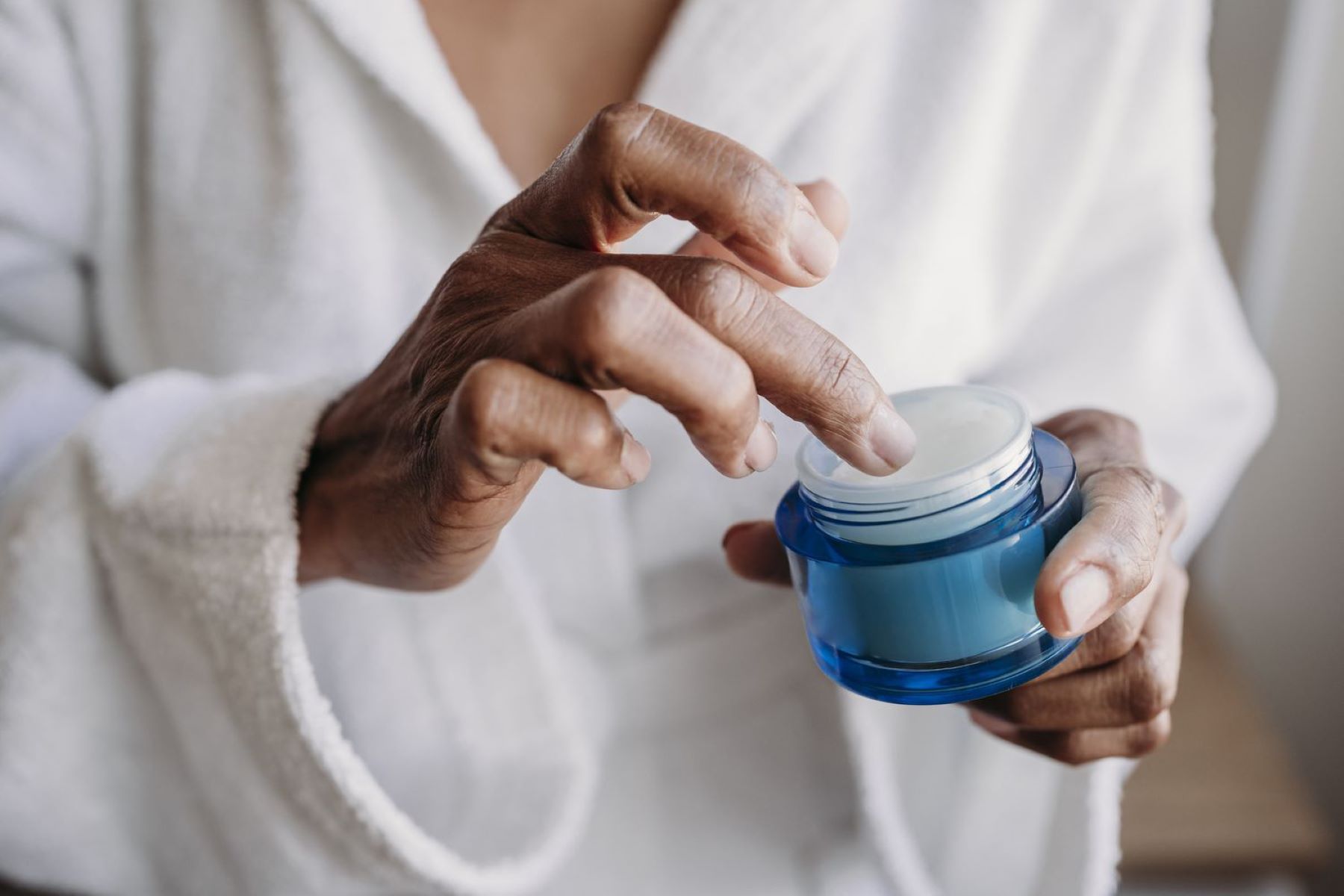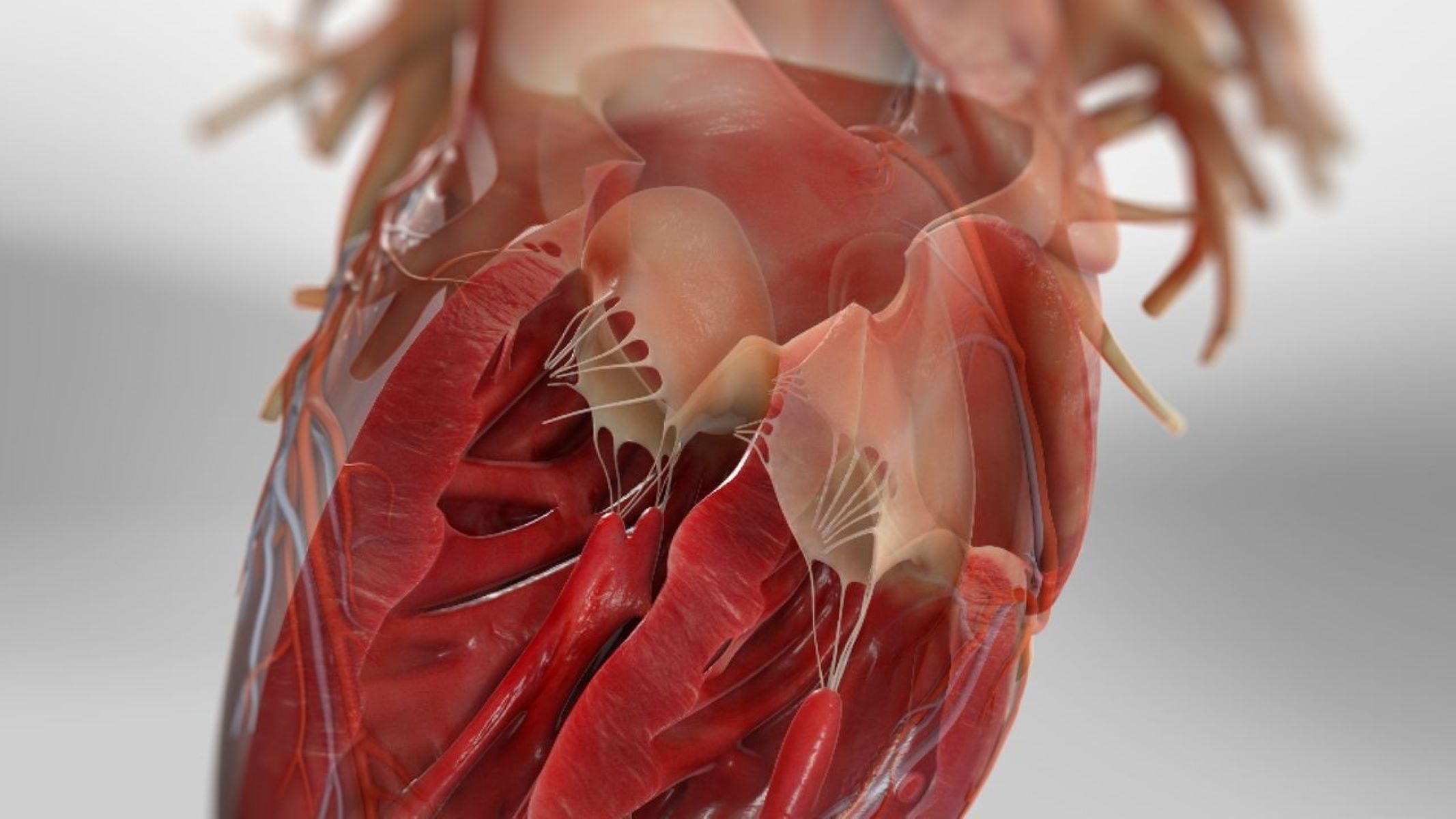
What is Atrophic Vaginitis? Atrophic vaginitis, also known as vaginal atrophy, is a condition where the vaginal tissues thin and shrink, leading to dryness, inflammation, and discomfort. This often happens due to a drop in estrogen levels, especially during menopause. However, younger women and those undergoing treatments like chemotherapy can also experience it. Symptoms include vaginal dryness, pain during intercourse, and urinary issues. Up to 50% of postmenopausal women face this condition, but many don't seek help. Understanding its causes, symptoms, and treatments can significantly improve quality of life for those affected. Let's dive into the essential facts about atrophic vaginitis.
What is Atrophic Vaginitis?
Atrophic vaginitis, also known as vaginal atrophy, involves the thinning and shrinking of vaginal tissues. This condition often leads to decreased lubrication and inflammation. Let's dive into some key facts about this condition.
-
Definition: Atrophic vaginitis is an inflammatory process due to the thinning of the vaginal epithelium, decreased vaginal rugae and elasticity, and reduced vaginal secretions.
-
Causes: The primary cause is the decrease in estrogen levels, which can occur naturally during menopause or due to medical treatments like chemotherapy or hormone therapy.
-
Symptoms: Common symptoms include vaginal dryness, shortening and tightening of the vaginal canal, lack of vaginal moisture, vaginal burning, spotting after intercourse, discomfort or pain during intercourse, and pain or burning with urination.
-
Prevalence: Up to 50% of postmenopausal women experience symptoms of atrophic vaginitis, although only 20 to 25% seek medical attention.
-
Risk Factors: Women who have never given birth vaginally are more prone to vaginal atrophy than those who have delivered vaginally. Smoking also impairs blood circulation, leading to tissue thinning and reduced responsiveness to estrogen therapy.
Estrogen Levels and Menopause
Estrogen plays a crucial role in maintaining vaginal health. A decline in estrogen levels can lead to atrophic vaginitis, especially during menopause.
-
Estrogen Levels: The decline in estrogen levels is the primary factor leading to atrophic vaginitis. This decline can occur naturally during menopause or as a result of medical treatments.
-
Menopause: Menopause is the time in a woman’s life, usually between ages 45 and 55, when her ovaries no longer release eggs, and she stops having menstrual periods. A woman is postmenopausal when she has not had a period for 12 months or longer.
-
Histological Changes: Atrophic vaginitis involves histological changes such as thinning of the vaginal epithelium, decreased vaginal rugae, and reduced elasticity of the vaginal walls.
Symptoms and Complications
Understanding the symptoms and potential complications of atrophic vaginitis can help in early diagnosis and treatment.
-
Vaginal Dryness: Vaginal dryness is a common symptom, making sexual intercourse painful and increasing the risk of vaginal infections.
-
Painful Intercourse: Painful intercourse (dyspareunia) is a significant symptom, affecting both physical and emotional well-being.
-
Urinary Tract Infections: Atrophic vaginitis increases the risk of urinary tract infections (UTIs) due to changes in the acidic environment of the vagina, making it easier for bacteria to thrive.
-
Urinary Incontinence: Women with atrophic vaginitis may experience urinary incontinence, characterized by involuntary leakage of urine.
-
Genitourinary Syndrome of Menopause: Atrophic vaginitis is part of the genitourinary syndrome of menopause, which includes vulvovaginal atrophy and bladder and urethral dysfunctions.
Diagnosis and Treatment Options
Proper diagnosis and treatment are essential for managing atrophic vaginitis effectively.
-
Diagnosis: Diagnosis is made clinically based on symptoms, with a pelvic exam often used to assess the physical signs of atrophy, such as thinning of the vaginal walls.
-
Treatment Options: Treatment options include hormone therapy, vaginal estrogen creams, lubricants, and lifestyle modifications such as regular sexual activity to maintain vaginal health.
-
Hormone Therapy: Hormone therapy, particularly estrogen replacement therapy, is effective in treating atrophic vaginitis by restoring estrogen levels.
-
Vaginal Estrogen Creams: Vaginal estrogen creams like Vagifem and Estrace Vaginal Cream are commonly used to treat atrophic vaginitis by directly applying estrogen to the vaginal tissues.
-
Lubricants: Lubricants can help alleviate symptoms of vaginal dryness and pain during intercourse, although they do not address the underlying hormonal imbalance.
Lifestyle and Preventive Measures
Lifestyle changes and preventive measures can play a significant role in managing and preventing atrophic vaginitis.
-
Regular Sexual Activity: Regular sexual activity helps maintain vaginal health by promoting blood circulation and preventing tissue thinning.
-
Blood Circulation: Smoking impairs blood circulation, leading to decreased oxygen supply to vaginal tissues and exacerbating atrophy.
-
Smoking Risks: Smoking not only impairs blood circulation but also reduces responsiveness to estrogen therapy, making treatment less effective.
-
Estrogen Therapy: Estrogen therapy in pill form may be less effective for smokers due to reduced blood circulation and tissue responsiveness.
-
Symptom Management: Managing symptoms such as pain during intercourse and urinary incontinence is crucial for improving quality of life for women with atrophic vaginitis.
Importance of Healthcare and Education
An informed healthcare team and patient education are vital for effective management of atrophic vaginitis.
-
Healthcare Team: An interprofessional healthcare team, including gynecologists and primary care physicians, is essential for evaluating and managing atrophic vaginitis.
-
Patient Education: Educating patients about the condition, its symptoms, and treatment options is crucial for improving adherence to treatment and overall health outcomes.
-
Deterrence and Prevention: Preventive measures such as maintaining regular sexual activity and avoiding smoking can help deter the onset of atrophic vaginitis.
-
Underreporting: Atrophic vaginitis is often underreported, with many women experiencing symptoms without seeking medical attention.
-
Impact on Quality of Life: Atrophic vaginitis significantly impacts a woman’s quality of life, affecting both physical and emotional well-being.
Chronic Infections and Microbiome
Atrophic vaginitis can lead to chronic infections and changes in the vaginal microbiome, increasing the risk of complications.
-
Chronic Infections: The condition increases the risk of chronic vaginal infections due to the altered vaginal environment.
-
Bladder and Urethral Dysfunctions: Atrophic vaginitis is part of the genitourinary syndrome of menopause, which includes bladder and urethral dysfunctions.
-
Vaginal Microbiome: Decreased estrogen levels affect the vaginal microbiome, leading to an imbalance that can increase the risk of infections.
-
Low-Dose Estrogen Therapy: Low-dose estrogen therapy has been shown to positively affect the vaginal microbiome in women with atrophic vaginitis.
Clinical Evaluation and Guidelines
Proper clinical evaluation and adherence to treatment guidelines are essential for managing atrophic vaginitis effectively.
-
Clinical Evaluation: Clinical evaluation involves a thorough history, physical examination, and sometimes diagnostic tests to confirm the diagnosis.
-
Treatment Guidelines: Treatment guidelines recommend hormone therapy, vaginal estrogen creams, and lifestyle modifications to manage symptoms effectively.
-
Patient Compliance: Improving patient compliance with treatment is crucial for managing atrophic vaginitis effectively, which often involves addressing psychological barriers to seeking medical care.
Psychological Impact and Support
The psychological impact of atrophic vaginitis can be significant, making support and education essential.
-
Psychological Impact: The condition has a significant psychological impact, with many women experiencing embarrassment or shame about their symptoms, which can deter them from seeking medical attention.
-
Educational Resources: Providing educational resources and support groups can help women understand their condition better and seek appropriate care.
-
Interdisciplinary Care: Interdisciplinary care involving gynecologists, primary care physicians, and other healthcare professionals is essential for comprehensive management of atrophic vaginitis.
Research and Future Directions
Ongoing research aims to develop new treatments and improve existing ones for atrophic vaginitis.
-
Research and Development: Ongoing research aims to develop new treatments and improve existing ones, focusing on restoring vaginal health and alleviating symptoms effectively.
-
Pharmacological Interventions: Pharmacological interventions such as vaginal estrogen creams and lubricants are commonly used to manage symptoms of atrophic vaginitis.
-
Non-Pharmacological Interventions: Non-pharmacological interventions like lifestyle modifications and regular sexual activity are also essential for maintaining vaginal health and preventing atrophy.
Complications and Early Diagnosis
Understanding the potential complications and the importance of early diagnosis can help in managing atrophic vaginitis effectively.
-
Complications: Untreated atrophic vaginitis can lead to complications such as chronic infections, urinary incontinence, and decreased quality of life.
-
Importance of Early Diagnosis: Early diagnosis and treatment are crucial for managing atrophic vaginitis effectively, preventing complications, and improving quality of life for affected women.
-
Patient Compliance: Ensuring patients follow through with treatment plans is vital for effective management and symptom relief.
-
Healthcare Team: A coordinated effort by healthcare professionals can provide comprehensive care and support for women dealing with atrophic vaginitis.
Understanding Atrophic Vaginitis
Atrophic vaginitis, or vaginal atrophy, affects many women, especially postmenopausal ones. This condition, caused by decreased estrogen levels, leads to symptoms like vaginal dryness, painful intercourse, and increased risk of urinary tract infections. Regular sexual activity, hormone therapy, and lifestyle changes can help manage these symptoms. Smoking worsens the condition by impairing blood circulation and reducing the effectiveness of treatments. Early diagnosis and treatment are crucial for improving quality of life. Many women suffer in silence due to embarrassment or lack of awareness, so education and support are vital. If you or someone you know is experiencing symptoms, don't hesitate to seek medical advice. Effective treatments are available, and understanding the condition can lead to better management and improved well-being.
Was this page helpful?
Our commitment to delivering trustworthy and engaging content is at the heart of what we do. Each fact on our site is contributed by real users like you, bringing a wealth of diverse insights and information. To ensure the highest standards of accuracy and reliability, our dedicated editors meticulously review each submission. This process guarantees that the facts we share are not only fascinating but also credible. Trust in our commitment to quality and authenticity as you explore and learn with us.


